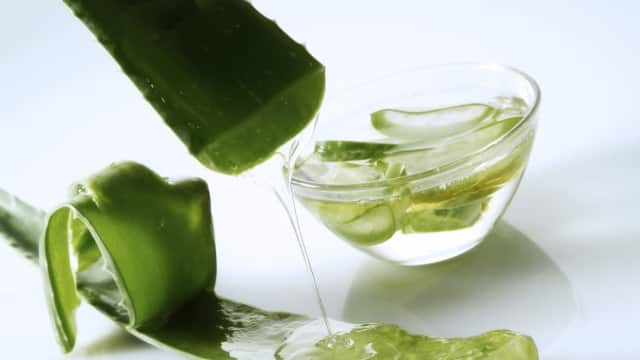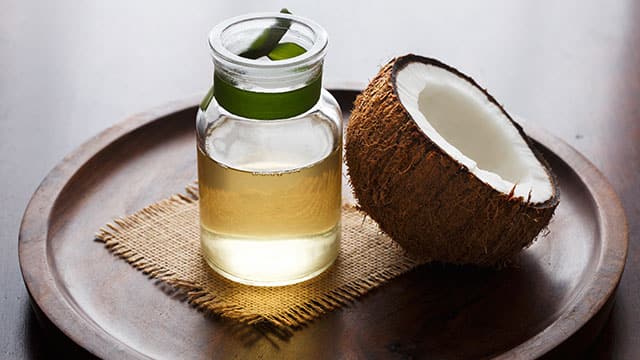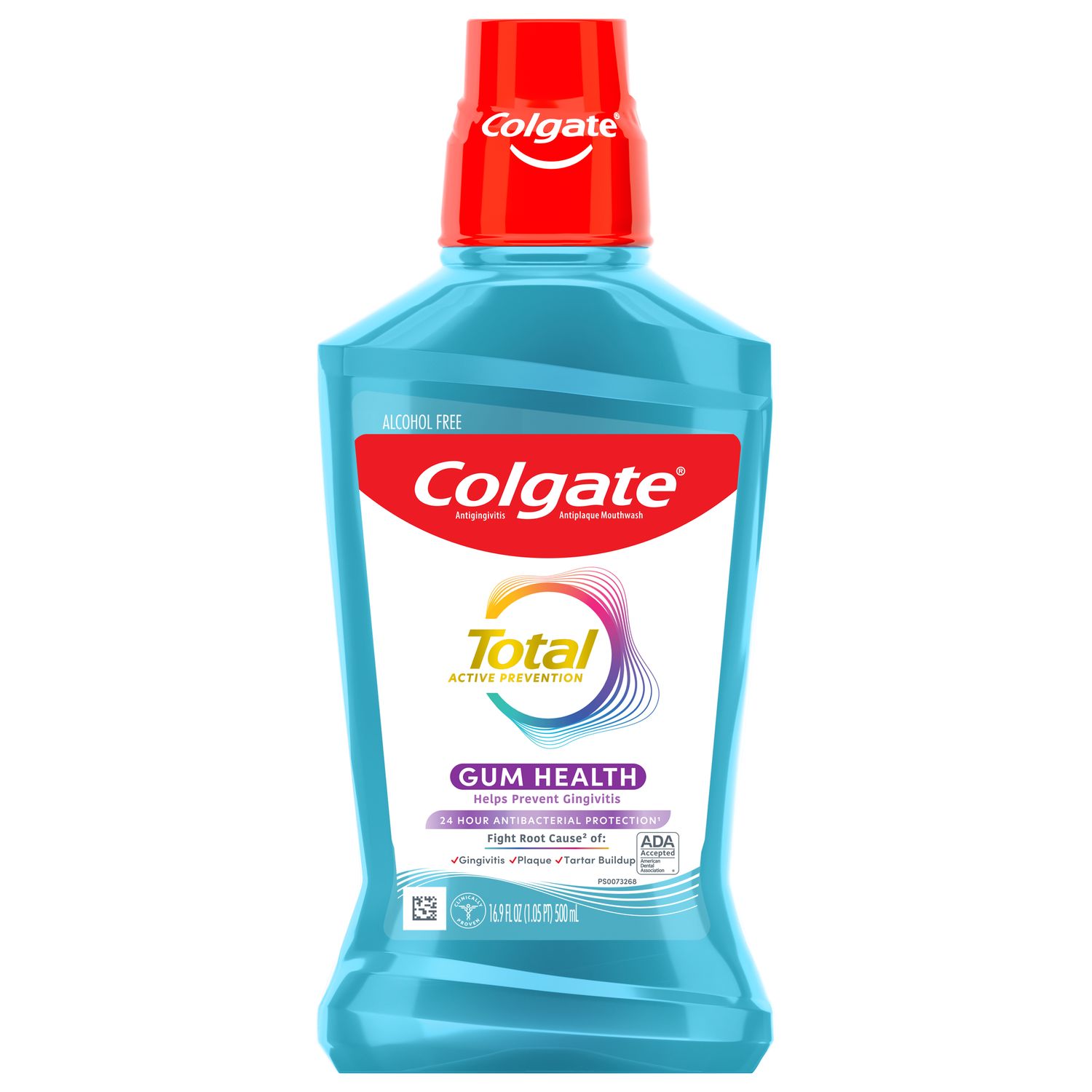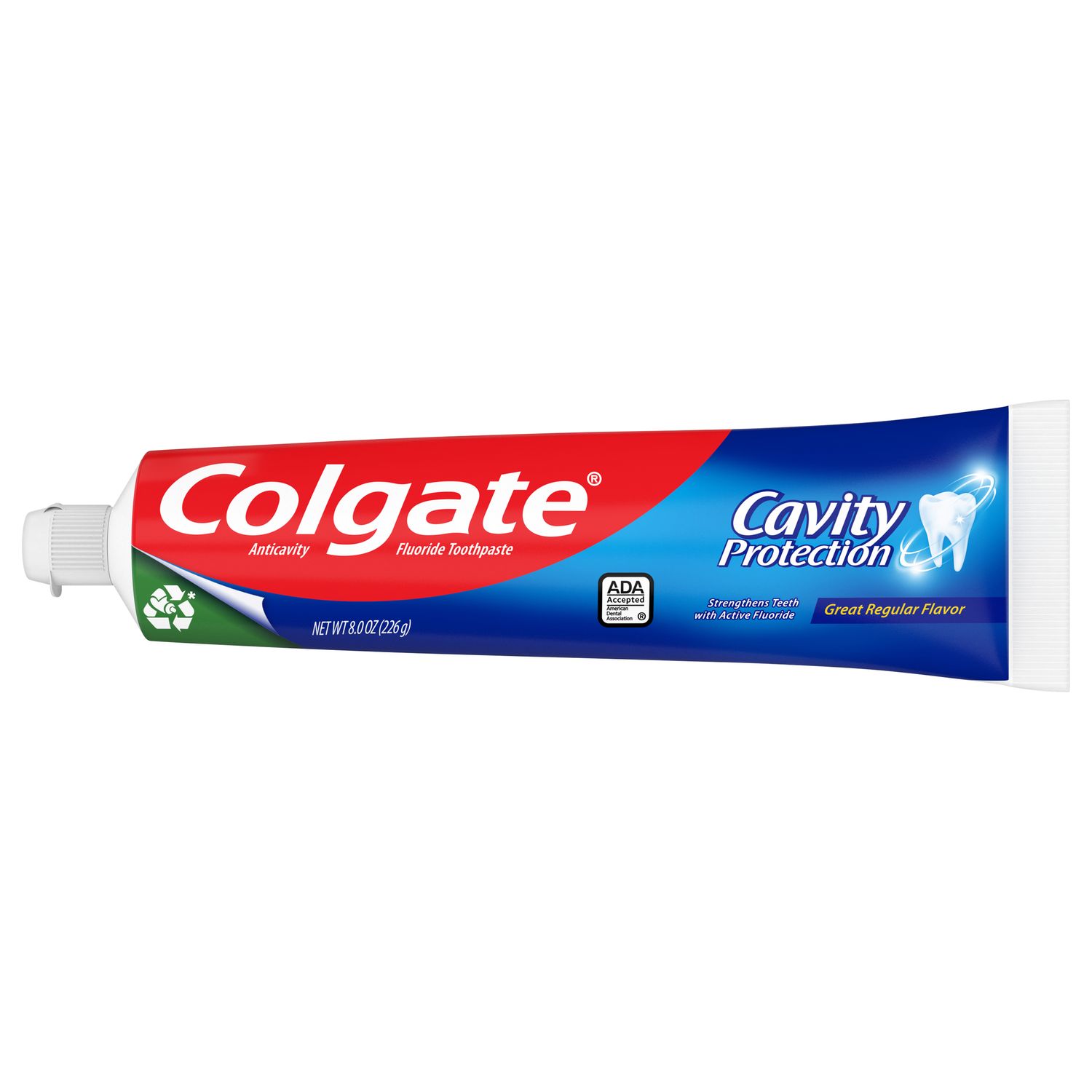Why Does Tooth Discoloration Happen?
There are two types of tooth discoloration, each dependent on origin:
- Extrinsic discoloration is typically associated with habits or behaviors like tobacco use, consuming beverages like red wine, coffee, tea, or cola, or consuming highly pigmented foods and It results in an accumulation of colored compounds on your enamel.
- Intrinsic stains occur within the enamel or in the underlying dentin, often caused by aging or genetic disorders as dentinogenesis imperfecta. Your enamel becomes more translucent with age, allowing the more yellow dentin to show through and resulting giving in a yellowish appearance.
So is teeth whitening the best way to treat tooth discoloration? It depends – while yellow teeth typically respond well to bleach, brown-stained teeth (or those with caps, veneers, crowns or fillings) may not.
What Are the Best Teeth Whitening Products?
Budget, the cause of tooth discoloration, and how quickly you will see results are factors to consider when selecting a teeth whitener. The following options have varying benefits:
- Stain removal toothpaste: Although many toothpastes contain mild abrasives which scrub teeth and remove surface stains, whitening toothpastes contain additional polishing agents that boost stain removal – but unlike bleaches, they can't change the color of your teeth. The ADA notes that whitening toothpaste products primarily remove extrinsic stains and will typically not impact intrinsic stains.
- Over-the-counter bleaching products: Coming in gel or strip form, OTC bleaching products are widely available at grocery stores or pharmacies. They contain one of two tooth bleaches and break stains down into smaller pieces, giving the appearance of brighter teeth.
- In-office bleaching: By offering a higher concentration of a bleaching agent than that within OTC bleaching products, in-office bleaching whitens teeth faster than at-home methods – typically in one session, The dentist covers your gums with a protective gel or rubber shield and then applies bleach to your teeth. Several whitening methods involve lights or lasers.
- At-home bleaching tray: Getting fit for a custom-made tray is another smile-brightening option. The dentist will provide directions for preparing the tray with the whitening gel and how long to place it in your mouth. These trays are also available as OTC products.
What Are the Risks of Teeth Whitening?
The biggest side-effect experienced by those using teeth whiteners is tooth sensitivity, which happens because peroxide in the whitener may reach the teeth's dentin layer and irritate the nerve of your teeth. According to the ADA, gum irritation may also occur when receiving at-home or in-office whitening treatment
While side-effects are usually temporary, selecting products with the American Dental Association's Seal of Acceptance ensures that they're safe and won't have adverse effects on your teeth.
Take note that while the effects of teeth whitening procedures fade over time, overuse can cause damage to teeth and gums. Consult with your dentist before you start using teeth whitening products to avoid causing potentially serious or lasting harm to your teeth or oral health.
Although choosing the best teeth whitener can be tricky, there's an option for almost every budget and type of tooth discoloration. Check with your dentist to get the smile of your dreams!
This article is intended to promote understanding of and knowledge about general oral health topics. It is not intended to be a substitute for professional advice, diagnosis or treatment. Always seek the advice of your dentist or other qualified healthcare provider with any questions you may have regarding a medical condition or treatment.
ORAL HEALTH QUIZ
What's behind your smile?
Take our Oral Health assessment to get the most from your oral care routine
ORAL HEALTH QUIZ
What's behind your smile?
Take our Oral Health assessment to get the most from your oral care routine















